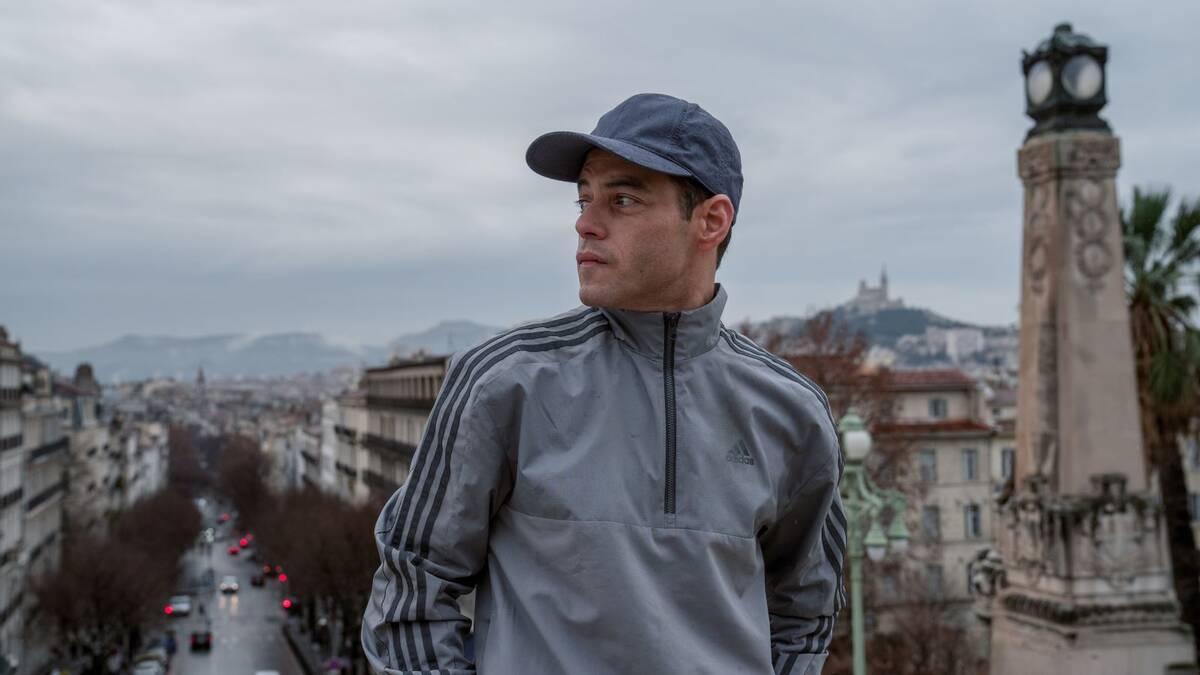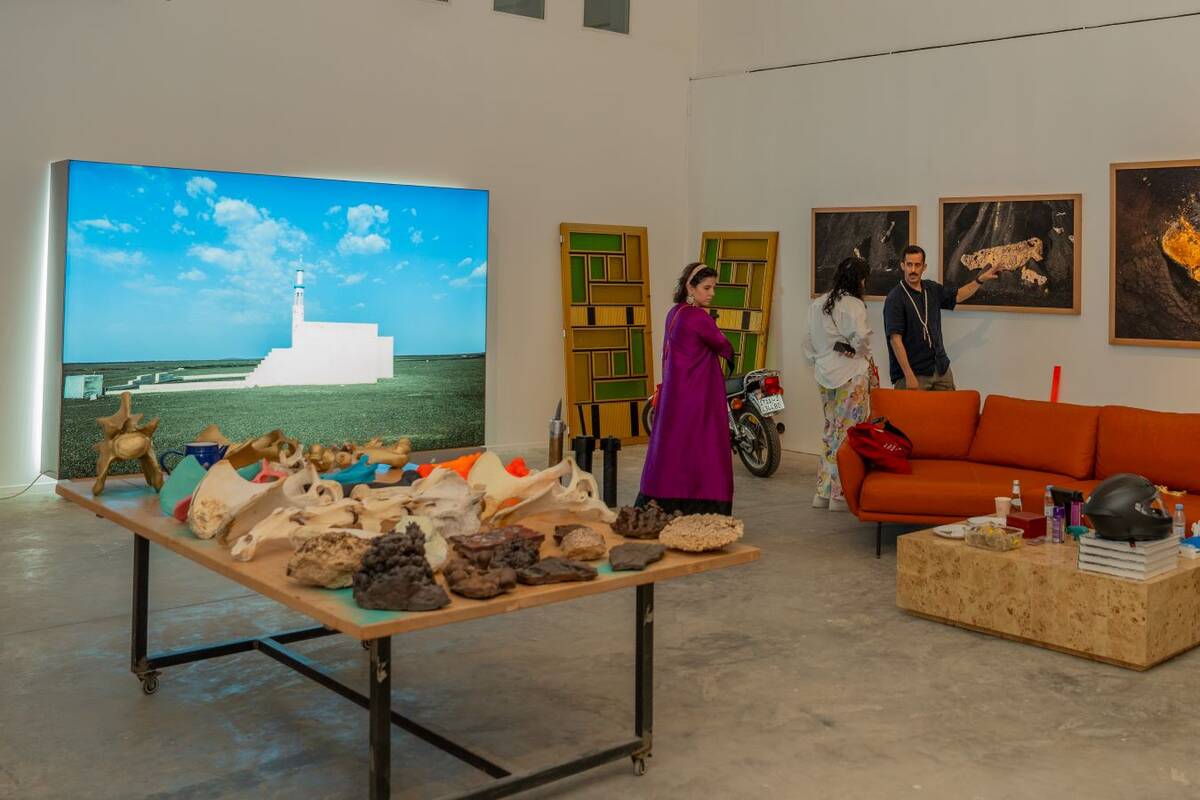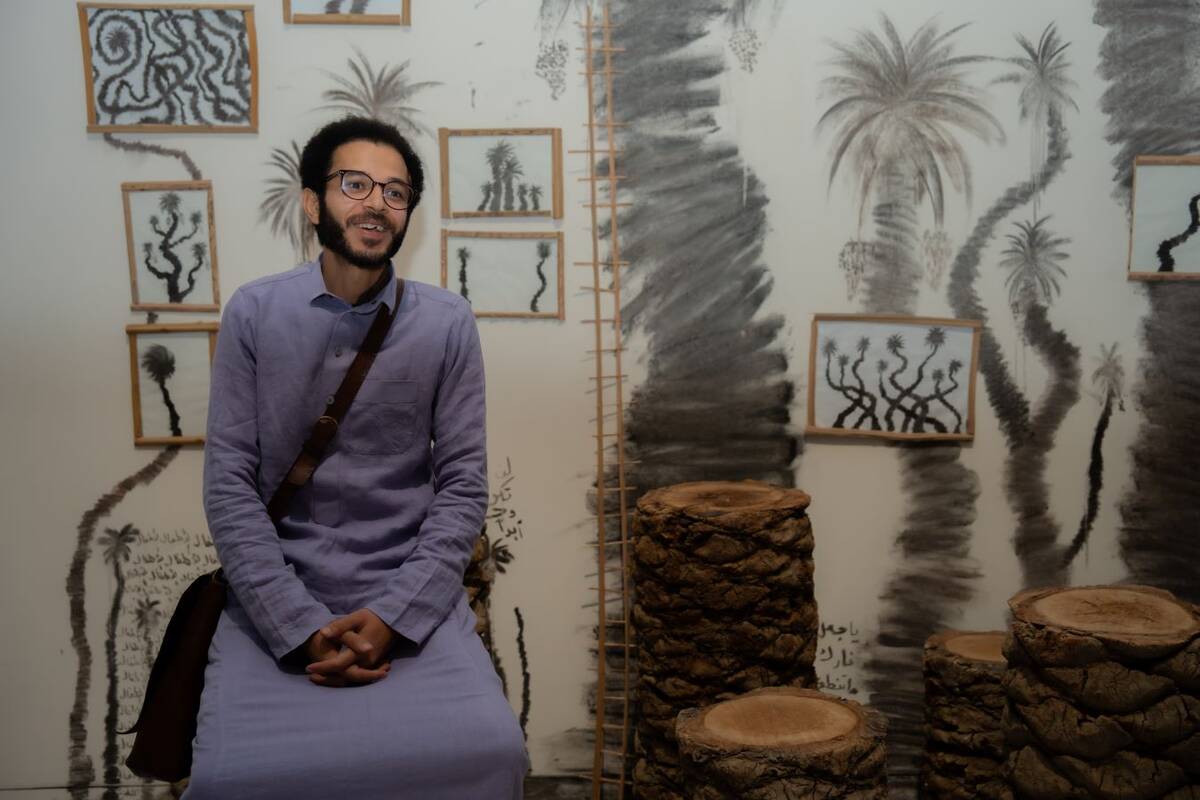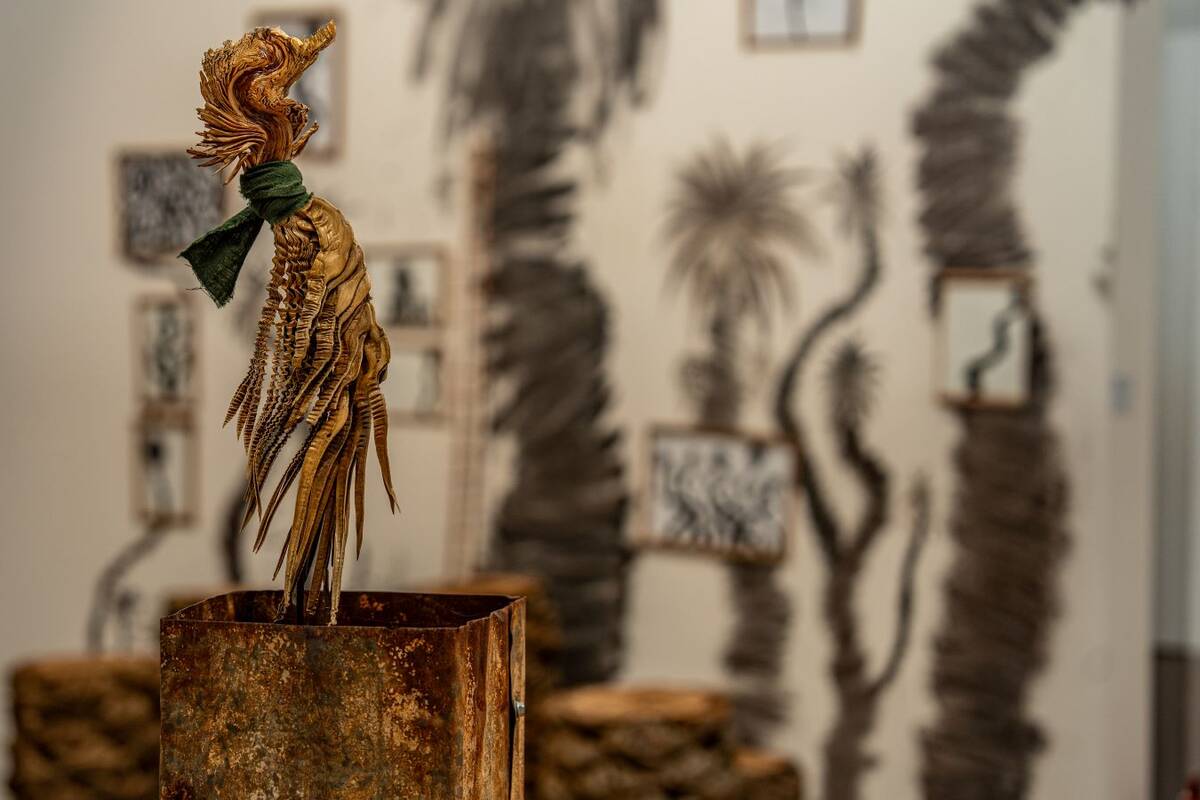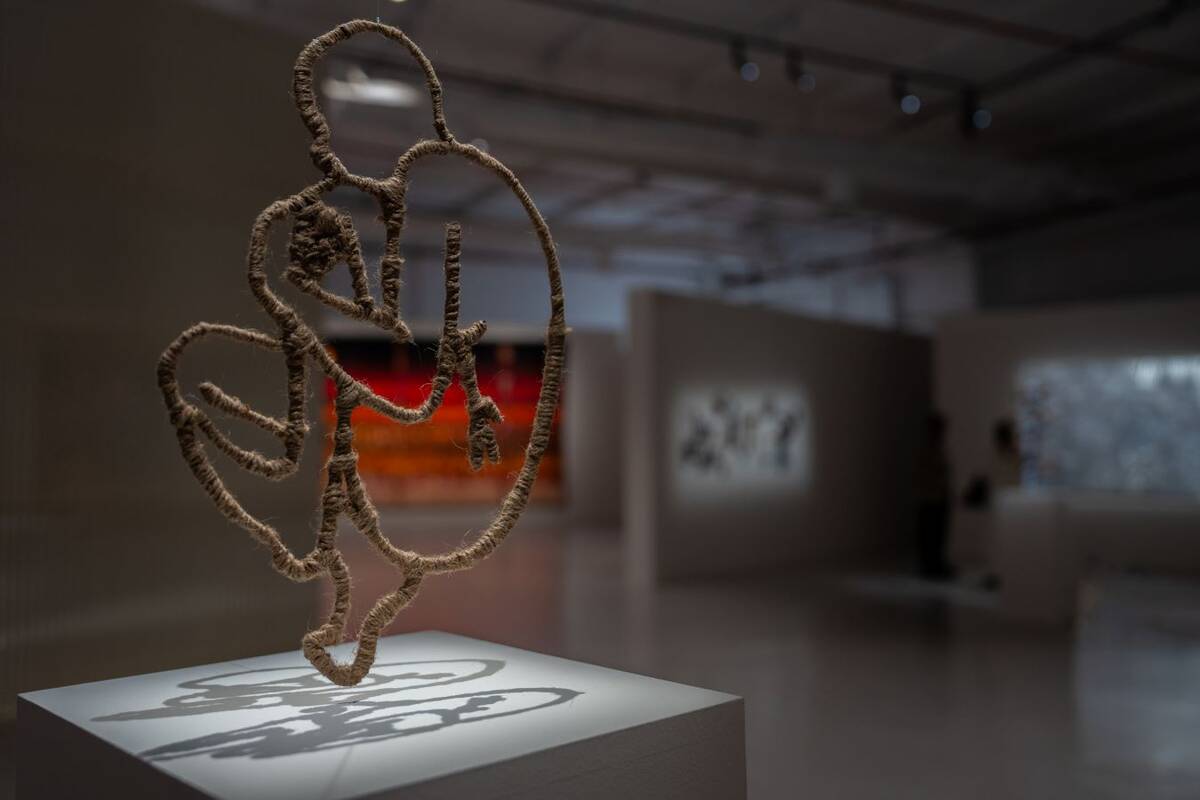DUBAI: The 1992 animated classic “Aladdin” was one of Disney’s most influential hits. It was the first of Disney’s films to capture the Middle East on a grand scale since 1932’s animated short “Mickey of Arabia.” It was the first animated film to take in $500 million at the box office — a record for an animated film which “The Lion King” surpassed two years later. It won two Academy Awards. But was it perfect?
With each of Disney’ high-profile live-action remakes of some of its biggest properties, including The Jungle Book (2016) Beauty and the Beast (2017) and the upcoming Lion King (2019), the question has been what these films could accomplish beyond being a tribute to the originals. With “Aladdin” — which hits GCC cinemas on May 23 — there was an opportunity to do more than just pay tribute to one of the jewels in Disney’s crown; to make a film that fits the progressive sensibilities of a different era, paying greater respect to the people and history of the Arab world.
Enlisting Guy Ritchie as director, Disney embarked on a long search to, first and foremost, find actors who actually represented the region that the film, set in a fictional kingdom in the Middle East called Agrabah, portrayed. After open casting calls in 15 countries, Disney chose Egyptian-Canadian actor Mena Massoud to play Aladdin, and the British-Indian actress Naomi Scott for the role of Princess Jasmine.
Massoud, who grew up with a strong connection to his Egyptian roots, is conscious that he is representing the Arab world in one of cinema’s most-anticipated films ever.
“I definitely felt the responsibility,” he tells Arab News. “At the end of the day, I just wanted to do a good job. Actions speak louder than words, and the best way to set an example is to just go out and do a good job.”
Though both Massoud and Scott were relative unknowns, authenticity and talent were more important than star power—and that philosophy carried on throughout casting, with one notable exception. Will Smith, arguably the biggest movie star of his generation, would play the Genie.
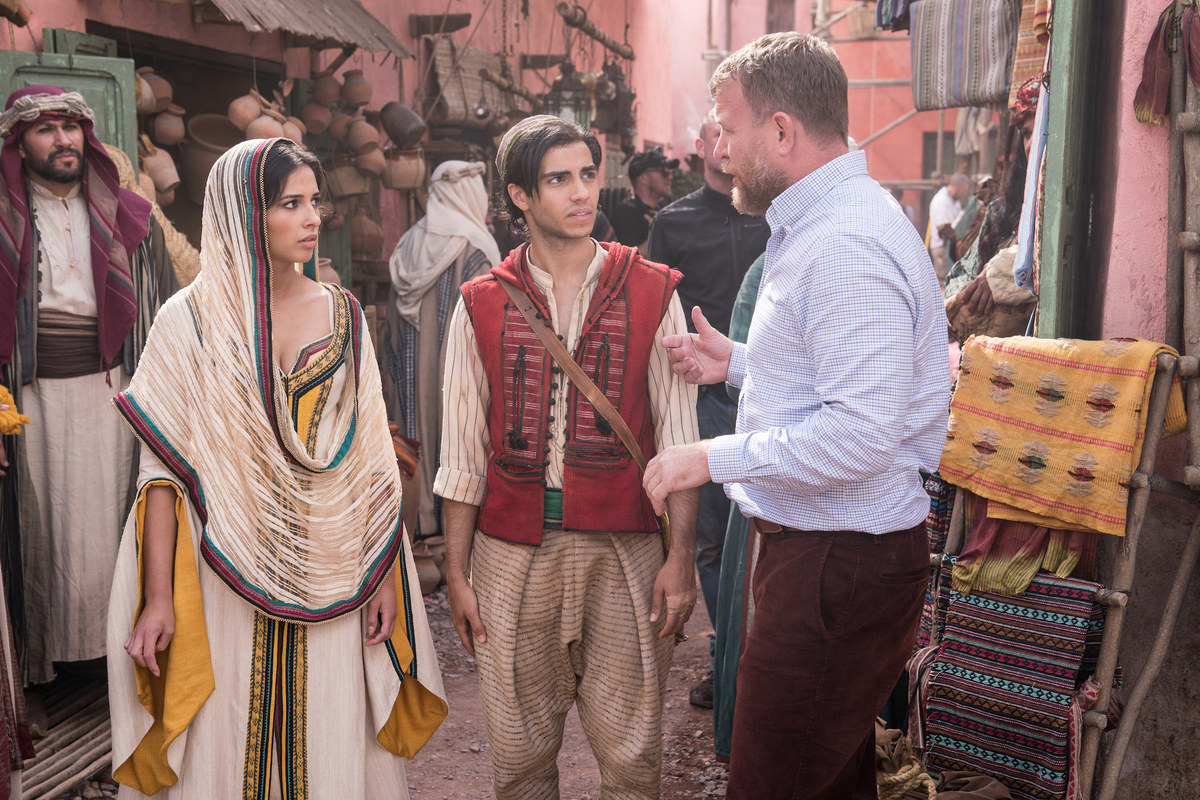
Naomi Scott, Mena Massoud and Guy Ritchie on the set of 'Aladdin.' (Image supplied)
Smith himself has a strong connection with the Arab world, regularly traveling with his family to the UAE. He told a crowded room of reporters in 2016 that, “Dubai dreams the way I dream.” And Smith says his top priority was representing the Arab world accurately and lovingly.
“That was a heavy topic of discussion on the set. It’s fantasy, and we wanted it to be as inclusive of the whole region as possible. That was one of the things I was concerned about in my first meeting with Guy: It had to be a love letter to the region. When kids around the world see it, they had to say, ‘Ooh I want to go there!’ Guy was absolutely in the same mind, and that was one of the things that was important for both of us,” says Smith.
For Ritchie, capturing the culture and history of the Middle East, even in a fantasy setting, was about telling a good story just as much as it was about being respectful.
“I think to a degree, once you embark on a project like this, there’s an inherent cultural authenticity that you want anyway. It would just be lazy not to be sensitive to that in that environment… Our Agrabah is quasi-fantasy, informed by the greater region of the Middle East. What we wanted to do was represent a multicultural Agrabah of the past, present and future. This was influenced also — loosely and not so loosely — by the culture and the history of the greater region. From a selfish point of view, that’s to give some sense of authenticity toward the narrative,” says Richie.
Though the Agrabah of the original animated film was more specifically set near the Jordan River, with cameos from the Pyramid and Sphinx of Egypt, this Agrabah is more deliberately multicultural, set in a fictional area along the historic Silk Road, tying more closely in with the origins of “1001 Nights,” the classic book of stories in which the story of Aladdin was originally found. Experts believe the book had influences from across the Middle East all the way to India — a mix that is firmly present in the 2019 version of “Aladdin.”
It is Princess Jasmine whose character has undergone the biggest overhaul for the new film. In addition to being stronger, more well-rounded, and on the path to becoming ruler herself, she is of mixed heritage: Her mother is from another fictional kingdom that seems to have influences that are closer to Indian culture.
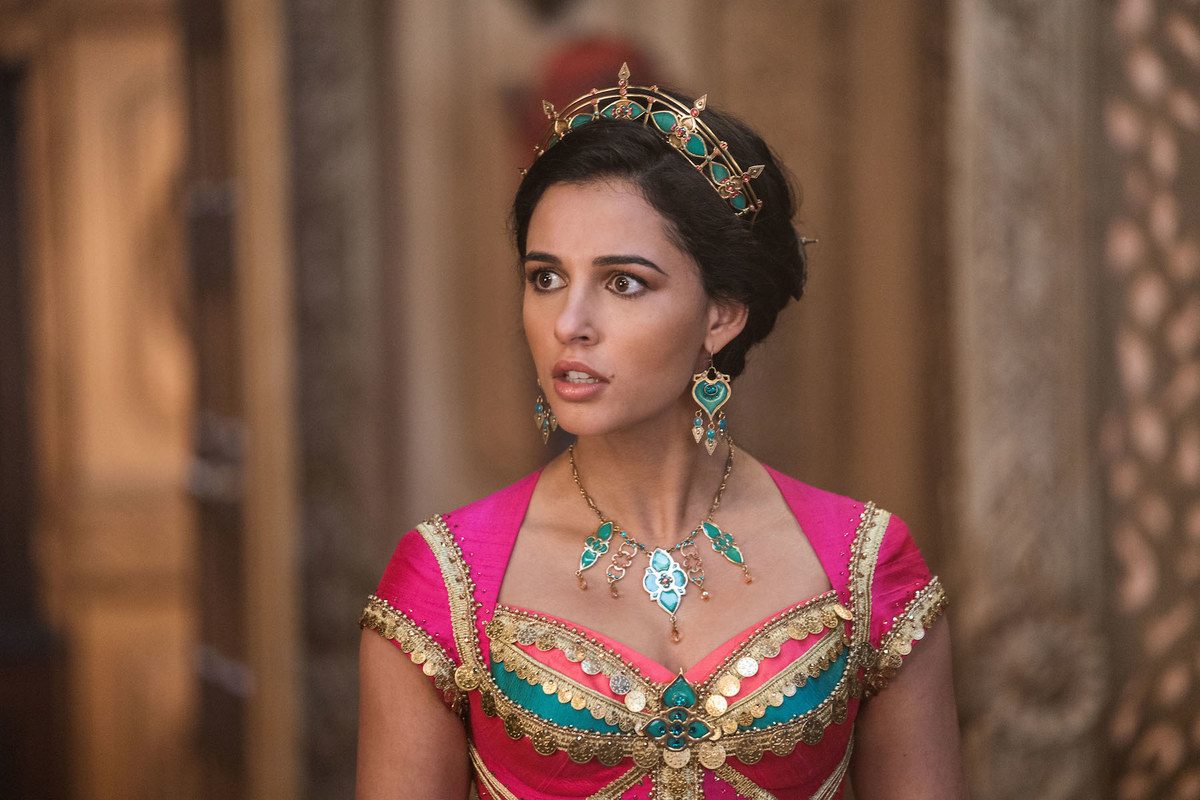
Naomi Scott plays Princess Jasmine. (Image supplied)
The character of Jasmine has been expanded and revised for the 2019 edition most greatly. Now, the character, in addition to being stronger, more well-rounded and on the path to becoming Sultan herself, is of mixed heritage, her mother coming from another fictional kingdom that is hinted to have influences that are closer to Indian culture. Scott, whose own heritage is diverse, says she saw definite similarities between herself and the princess of Agrabah.
“When I watched Princess Jasmine, I related to her. I saw myself in her, and I think there’s something very powerful in that. I think there’s something very powerful in seeing your own culture reflected. The great thing about this movie is that I think there’s a lot of things people can pick out and take with them and feel like they relate to, especially the younger generation. I think that’s so important,” says Scott.
Though much of the movie was filmed on soundstages in the UK, they were sure to film in the Arab world as well, traveling to Jordan’s Wadi Rum to capture the beauty and scale of the Arabian deserts for many of the film’s exterior scenes.
For both Smith and Massoud, filming in Jordan was the highlight of the entire experience.
“What happens with actors is that when you travel to locations, everything changes inside of you. As much fun as it was in Guy’s home town in London to put these sequences all together, in Jordan, you begin to embody the feelings of the characters. When we were in Wadi Rum, just to walk out, you experience the wonder and awe that you want to infuse the character with. For me, it was absolutely spectacular,” says Smith.
Massoud particularly remembers Smith’s generosity with his fellow cast and crew.
“When we first got here, right before we started shooting, we went to the desert and there were beverages, and Bedouins handing out beautiful scarves, and camels and dancers, and I found out Will had thrown this huge party for us. He does things like that often, and we got to just hang out and enjoy Jordan together,” Massoud tells Arab News.
He adds that filming with Smith and Ritchie was a highlight in and of itself.
“Everyone around the world, including little boys in Egypt, grew up watching Will. Me and the boys would get together and watch “Bad Boys” or “Independence Day.” His films are iconic,” he says. “Guy as well has created some of the best action movies ever made. It’s been a dream come true to perform alongside them.”











